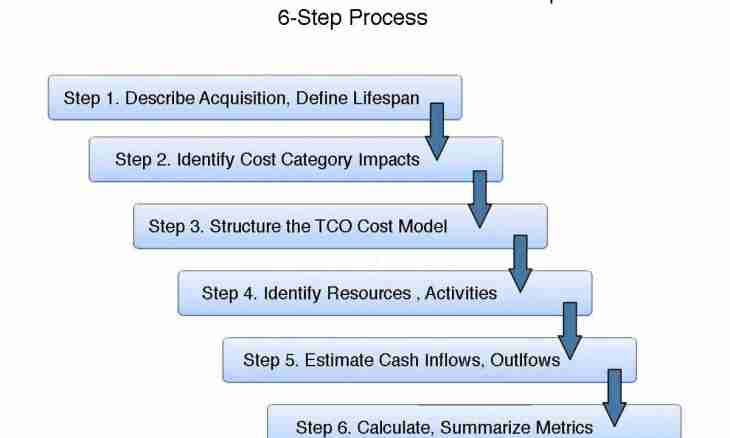The mathematical matrix is the ordered table of elements with a certain number of lines and columns. To find a solution of a matrix, it is necessary to define what operation is required to be performed over it. After that act according to the available rules of work with matrixes
Instruction
1. Make the set matrixes. For this purpose enter in brackets the table of values which has the set number of columns and lines which are designated by n and m, respectively. If these sizes are equal, call a matrix square if they are equal to zero, a matrix – zero.
2. Carry out the main diagonal of a matrix which consists of all elements of the table which are located on the line from the left top corner to the right lower. To find a solution of transposing of a matrix, it is necessary to replace elements of lines and columns of rather main diagonal. For example, the element a21 is replaced with an element a12 and so on. As a result the transposed matrix will turn out.
3. Check whether have two matrixes identical dimension, i.e. sizes m and n at them coincide. In this case it is possible to find a solution of addition of the set tables. The new matrix which each element is equal to the sum of the corresponding elements of initial matrixes will be result of summation.
4. Compare two set matrixes and define whether they are coordinated. In this case the number of columns m of the first table, has to be equal to number of the lines n second. If this equality is observed, then it is possible to find a solution the work of the set parameters.
5. Summarize the work of each element of a line of the first matrix on the corresponding element of a column of the second matrix. Write down result in the first top cell of the resulting table. Repeat all calculations with other lines and columns of matrixes.
6. Find a solution of a determinant of the set matrix. The determinant can be calculated only if the table is square, i.e. the quantity of lines is equal to quantity of columns. Its size is equal to the sum of the work of each element which is in the first line and j-ohm a column on an additional minor to this element and minus units in degree (1+j).

